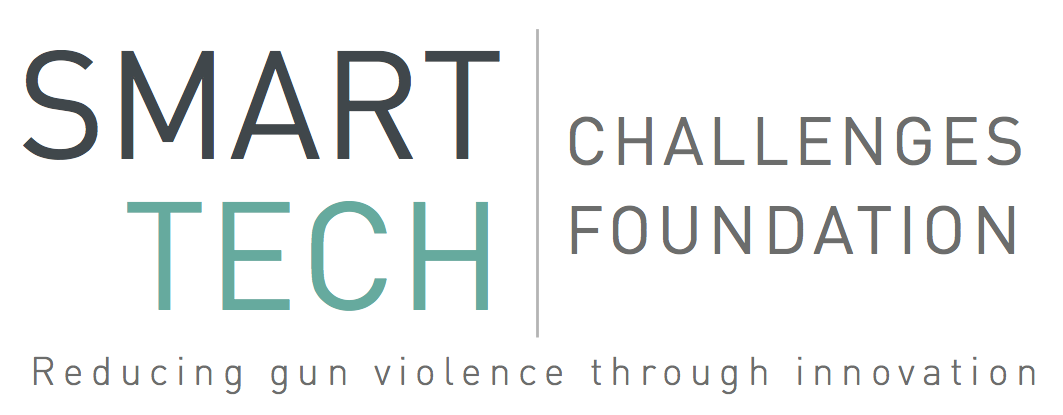Federal Agencies Propose Baseline Specifications for Smart Gun Technology
In January 2016, as part of the administration’s ongoing efforts to combat gun violence, President Obama directed the Departments of Justice (DOJ), Homeland Security (DHS) and Defense (DOD) to develop a research and development strategy to expedite real-world deployment of advanced gun safety technology. In April 2016, the three agencies submitted a report to the president that outlined a multi-pronged plan to expand and encourage the development of “smart gun” technology. Among other things, the report described a four-step process whereby DOJ and DHS would develop baseline specifications that defined, for the first time, the minimum technical requirements that law enforcement agencies expect from smart guns. Step one of the process called for the National Institute of Justice (NIJ) – DOJ’s research, development and evaluation agency – to assemble a team of firearms experts at DOJ and DHS that would prepare a draft list of baseline specifications by July 15, 2016. NIJ has now completed this step of the process.
Today, NIJ is issuing for public comment a draft version of these baseline specifications. NIJ is soliciting input on the document from a broad range of stakeholders—from academics to advocates; engineers to entrepreneurs. In addition to seeking public comment, NIJ is hosting a two-day convening of federal, state and local law enforcement agencies in mid-August to review and discuss the draft specifications. Based on this feedback, DOJ and DHS will revise the specifications as appropriate and finalize the document for publication.
These voluntary baseline specifications are designed to provide clear guidance to private industry so that manufacturers can develop technology that meets the needs of law enforcement officers, particularly with regards to reliability, durability and accuracy. As the April 2016 report makes clear, this process is designed to spur the development of new technology, not to mandate that any particular individual or law enforcement agency adopt the technology once it is developed. By establishing clear technical and engineering standards, this process is designed to ensure that any smart gun technology available to law enforcement agencies is safe and reliable. Moreover, by engaging law enforcement experts and a broad range of stakeholders throughout this process, NIJ hopes to produce a final document that both reflects the exacting demands of law enforcement officers and advances the president’s goal of expediting the real-world deployment of smart gun technology.
